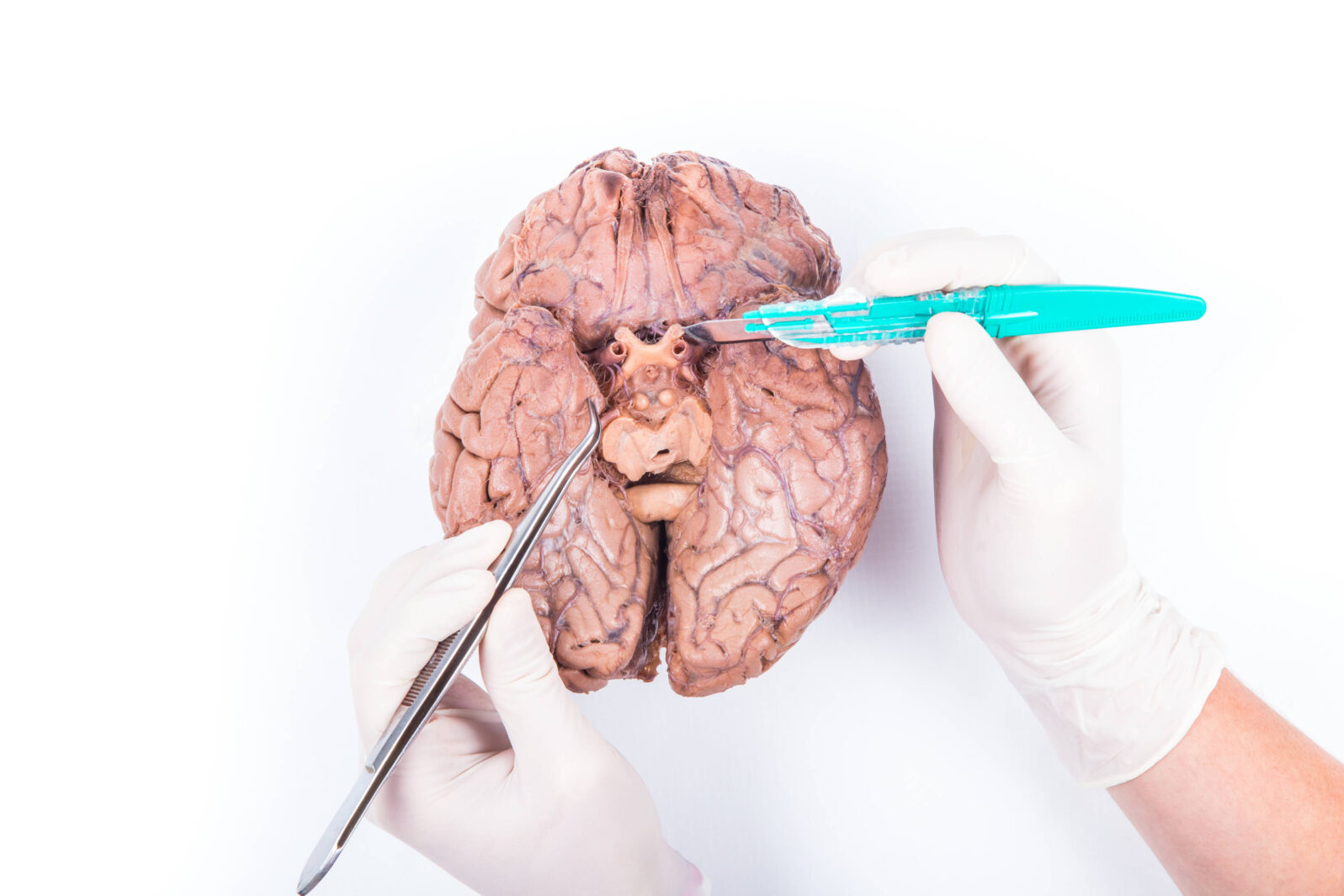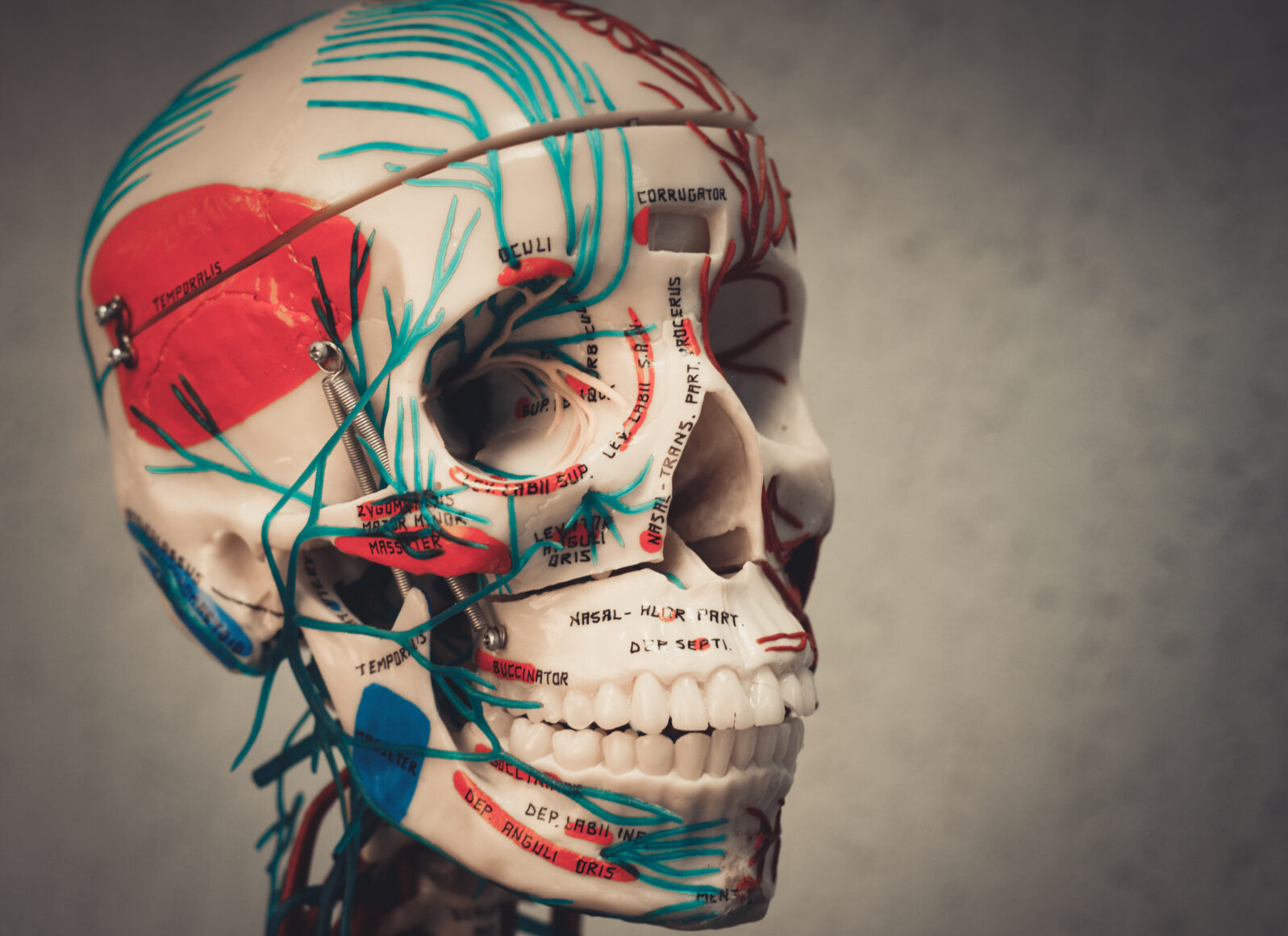Are Human Brain Transplants Even Possible?
What would be the outcome if one person received transplants from the brains of others? If it’s not possible, there may be a good reason why notEarlier this week, I discussed the work of Dr. Robert White, a neurosurgeon in the mid-20th century who did extensive research on head transplants in animals. The operation sometimes worked, most notably in monkeys. But it has never been done in humans, mostly because head transplantation would mean cutting the spinal cord, which would cause complete and permanent paralysis.

The most reasonable perspective on the soul is that it is the active principle of the body — that is, the soul is what the body does. Thus soul follows function. From this perspective, I infer that after a head transplant, I would see with my original eyes, hear with my original ears, etc. If I were able to move my transplanted body, whether it was “my” body or the “donor’s” body is a linguistic question, not a metaphysical question. We face the same — essentially linguistic — issue with transplants of other organs. If I get a kidney transplant, is the kidney mine or is it the donor’s kidney working in me? The answer is a matter of language—the kidney is what I call it. The bottom line is that the kidney works — there is no real metaphysical issue.
But one issue arises that cannot be resolved by clarification of language: What about transplantation of parts of my brain? What would be the metaphysical status of a person (or people) with hybrid brains — a lobe of my brain connected to a lobe of my neighbor’s brain? What if tiny bits of the brains from all the people in my neighborhood were transplanted into my brain? Would I incorporate my neighbors? Would they incorporate me? Or both or neither? Would there be a neighborhood in my skull?
What would become of my soul and the souls of my neighbors if our brains were blended like this? I think there is an answer, and it has profound implications.
There are two basic scenarios. The first would be transplantation of brain parts (e.g. a hemisphere) without connections. It is theoretically possible to remove the right hemisphere from my neighbor and place it in my skull. Let us assume that my neighbor’s right eye was transplanted along with his right hemisphere. I believe that the outcome can be predicted with confidence. My neighbor would see out of his right eye in my skull. My neighbor would also see out of his left eye in his own skull — he would have double vision, in a real sense. If my right hemisphere and eye were transplanted into his skull, I would have corresponding double vision. This might seem strange — to have eyes in two different locations that see different things. But that is the way we would be then. Our eyes are a few inches apart, and the distance between them permits depth perception. After a hemisphere-eye transplant, eyes could be thousands of miles apart. I would see two superimposed scenes — double vision — in completely different parts of the world, depending on where the skulls that contained the hemispheres and eyes traveled. Obviously this would be very strange, but it presents no metaphysical problems that I can see.
A more profound situation is this: What if parts of my neighbor’s brain (or neighbors’ brains) were integrated into mine — functionally attached to my brain? What would happen if two or more people’s brains were connected? It’s important to realize that it is not unprecedented. There is a set of conjoined twins attached at the brain who share control of limbs and even appear to share some thoughts.
There is also a set of conjoined twins who have separate brains but a single body and share control of the body. The neurology of these twins is not fully understood, but there seems to be an implicit cooperation in movements and thoughts. My sense is that it is analogous to the ordinary cooperation of unconnected people in everyday life. We cooperate and do things together all the time — we collaborate on projects, carry heavy things together, etc. Conjoined twins do so more spontaneously and intimately. It’s strange but not completely unlike ordinary social life.
Now consider this: what if a small part of my neighbor’s brain—say, a piece of his temporal lobe that mediates memory — were transplanted into mine? Who would have the memories? The answer is that, unlike the previous scenarios, this kind of transplant is not currently possible, and there is no objective reason to think that it ever will be.
Central nervous system tissue, including brain tissue and spinal cord tissue, does not regrow function when cut. Perhaps it will be capable of functional regrowth someday. Many neuroscientists think that functional healing of cut brain or spinal cord tissue will someday be possible. But that is hope, not science driven by data. I stress that there is no scientific reason to think it will happen. Brain and spinal cord tissue are quite unique in this sense — most body parts will functionally heal and can be transplanted, but not brain tissue.
I’m going out on a limb here, but I believe the intelligent design perspective may offer insight into the peculiar inability of central nervous system tissue to regenerate. We tend to think of the design perspective in terms of functional ability — e.g. the ability of DNA to code for genes or the ability of ribosomes to manufacture proteins, etc., as evidence for design. But we should also consider biological inabilities as possible manifestations of design. Living things are full of purposes—hearts that pump blood, lungs that exchange gases, kidneys that excrete urine — and purposes, of course, always imply underlying intelligence and design.
But purpose can constrain as well. We do not have sex with close biological relatives — this would have profound moral and genetic implications. Abhorrence of incest across many cultures through history serves a purpose in our design. Perhaps the remarkable inability of brain and spinal cord tissue to functionally heal after being cut is also part of our design because it prevents us from making Frankenstein-like hybrids. The inability to transplant functional brain tissue that would “weld” souls together, so to speak, may be a design constraint created in us, to prevent us from crossing profound ethical boundaries.
Our Creator surely knows the evil of which we are capable. Perhaps he builds in safety valves. He intends to protect us from the worst of our hubris.
We are created for purposes. Human chimeras that would be created by transplanting brain tissue would blur the distinction between human souls. Transplantation of memories, cognition, and emotion, unlike transplantation of kidneys and hearts, may be a step too far in our biological design.
I suspect that speculation about transplantation of brain parts and its implication for human identity is moot. There is no reason to think it will ever be possible. Our design constraints — like the inability of central nervous system tissue to functionally heal— may be features, not bugs, designed to protect us from ourselves.
Here’s the discussion from last Wednesday: Are head transplants soul transplants?
Michael Egnor: Are head transplants soul transplants? Specifically, if your head were transplanted, would your soul go with it? Because a human head transplant would induce quadriplegia, many philosophical questions are currently theoretical — but fascinating nonetheless.
